An hour north of San Francisco sprawls Sonoma County – with a million agriculturally rich and beautiful rolling acres, seventy miles of coastline along the Pacific Ocean – and 14 wine appellations.
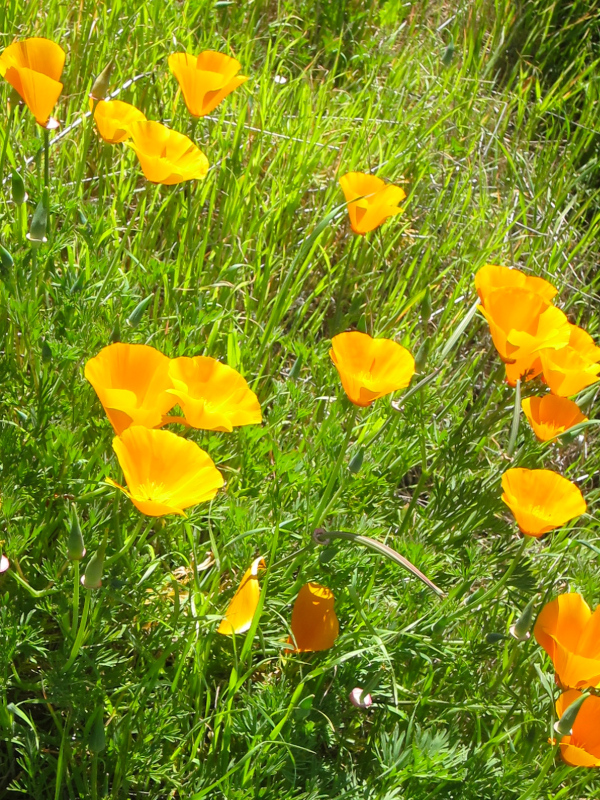
North of the cities of Napa and Sonoma is Healdsburg – similar to the city of Sonoma, with a main square surrounded by restaurants and small retail outlets, though partially surrounded by massive Redwood trees.
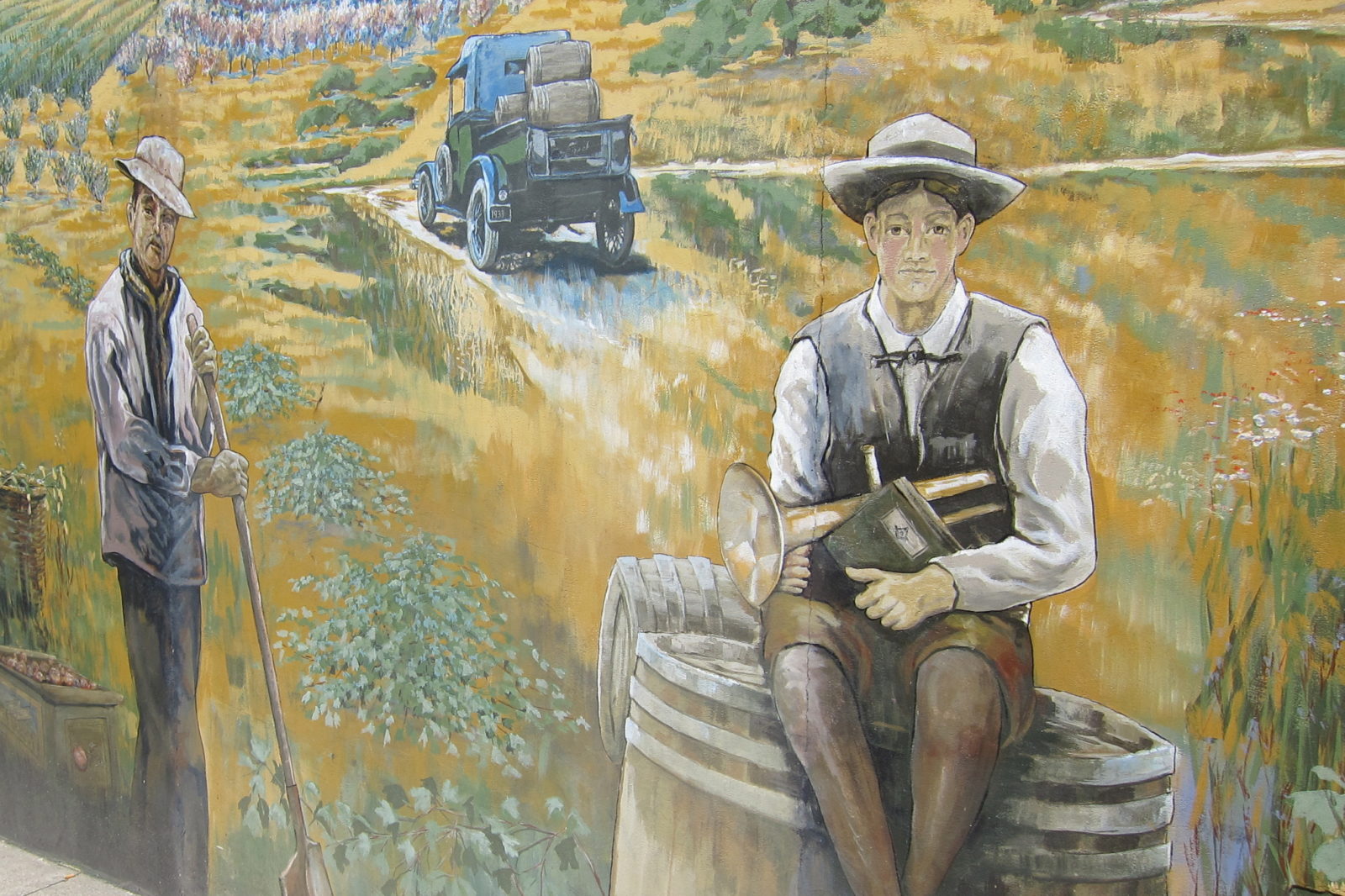
Healdsburg is where the Russian River merges with Dry Creek, both waters flowing south. Stand in Healdsburg and look south – and you face the territory of the Russian River Appellation – known for lean Chardonnays and Pinot Noirs. Turn north and slightly to the right and you’ll face the Alexander Valley (and wine appellation), while the Dry Creek valley (and appellation) is forward and to the left.
Dry Creek typically receives cool foggy mornings and warm afternoons. Vines were first planted here in the 1870s when French immigrants settled. Later, Italian immigrants considered the land reminiscent of Tuscany and Piedmont and planted their own vines (I spotted vineyard signs for Montepulciano and Sangiovese grapes). Steep slopes, stony soils, and a moderate climate here favor Zinfandel for red wines and Sauvignon Blanc for whites.
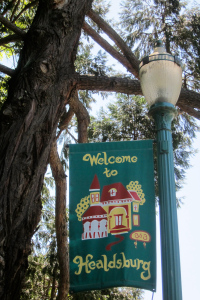
Drive up Dry Creek past the last of a dozen roadside wineries, cross a bridge over Lake Sonoma, then climb and wind into the Rockpile Ridge sub-appellation (‘sub’ because part of the territory also lies within acres of the Dry Creek appellation). Established in 2002, the Rockpile appellation only includes vines grown at over 800 feet elevation – where they are unaffected by fog (Zinfandel is prone to rot from excessive moisture).
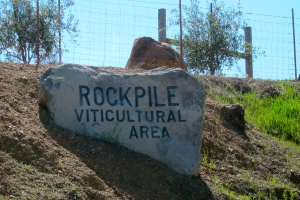
A total of eleven growers now plant vines along Rockpile Ridge. Mauritson has grown grapes here for six generations and the winery owns 90 of the region’s 200 planted acres. Mauritson produces eight Zinfandels, seven made from Rockpile Ridge grapes. They also grow Syrah, as well as Petit Sirah – which they add to Zinfandels to impact the color and tannin structure.
In the tasting room up Dry Creek valley, Carrie Mauritson explained how bunches of Zinfandel grapes tend to ripen unevenly, resulting in them being kept on the vine longer to eliminate the unripe. But On Rockpile Ridge, bunches ripen relatively evenly, meaning they can be picked earlier – often resulting in a lower than typical alcohol content for a Zin (thought not tame, at 14.75 percent).

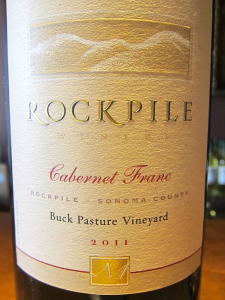
Mauritson Zins from Rockpile Ridge are subdued, not brash. Other winemakers (including Rosenblum) now source grapes from Rockpile, apparently a hot terroir at the moment in northern Sonoma’s Dry Creek Valley.
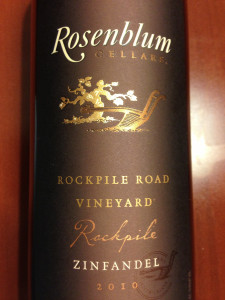
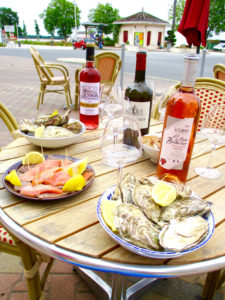

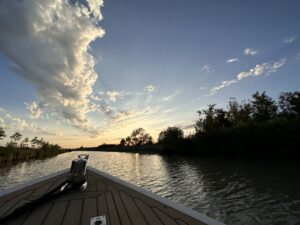
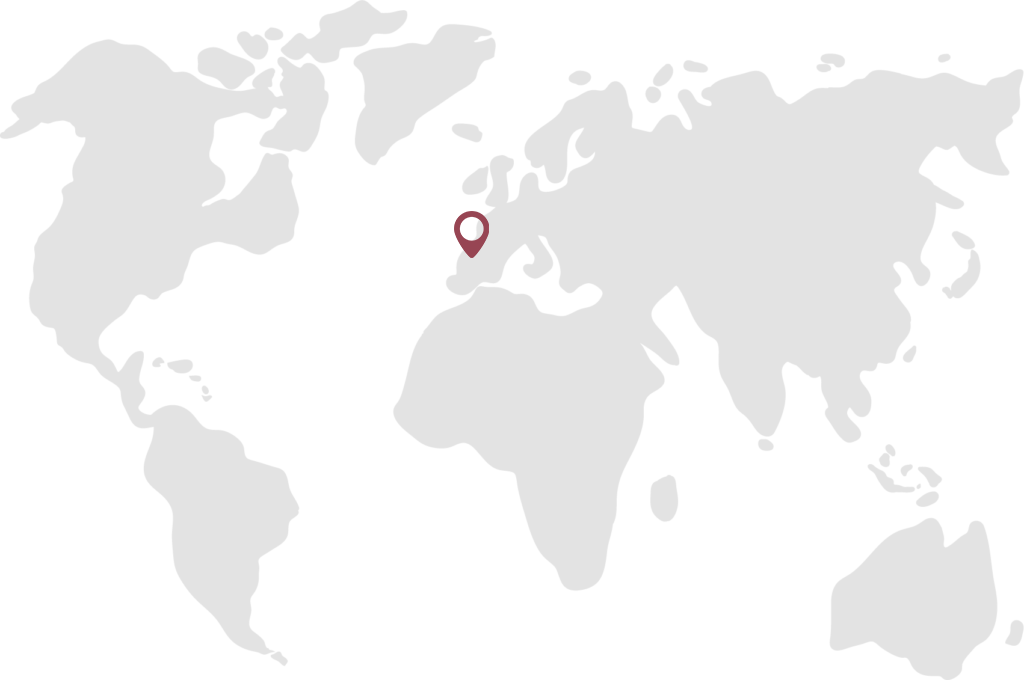
Chrissie
17 Apr 2014Thanks for the wanderlust Tom. How I’d love to visit the AVA’s of California. One day…. 🙂
vinoexpressions
17 Apr 2014Glad you enjoyed Chrissie – in the meantime, you have plenty of amazing French wine to delve into! California will still be here in the future.